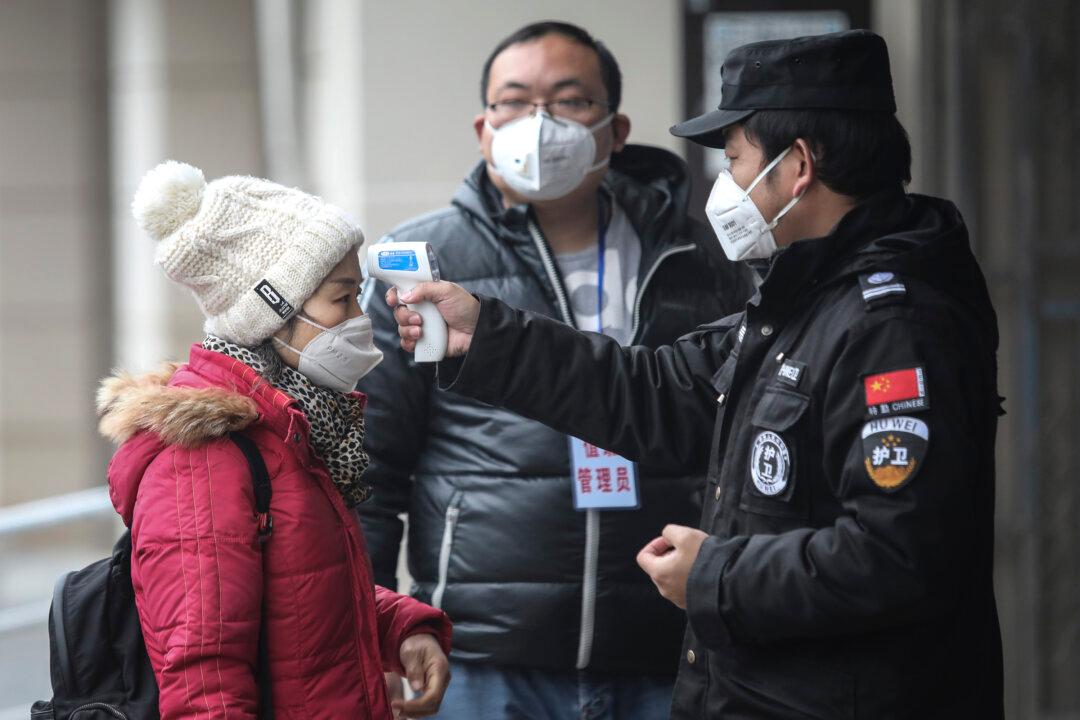A new strain of viral pneumonia that first broke out in the central Chinese city of Wuhan has begun spreading widely across the country. On Jan. 22, Chinese authorities confirmed cases in 17 provinces and regions. Chinese people have begun questioning the authorities for their lack of transparency about the illness.
Initial Response
The outbreak, with 27 contracting the illness, was announced on Dec. 31 by Wuhan health authorities—only after an official document was leaked onto the internet the day prior and circulating widely.The first patient contracted the virus on Dec. 12, according to the announcement.





